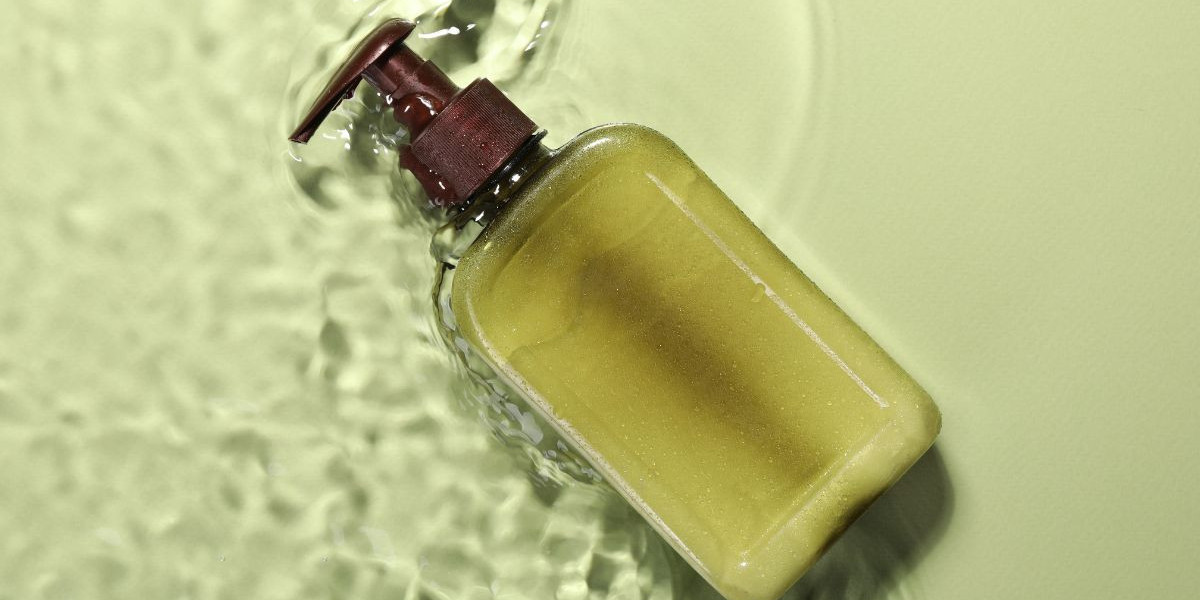The global facial cleanser market has witnessed substantial growth in recent years, driven by increasing consumer awareness regarding skincare routines, hygiene practices, and the demand for effective skincare products. As of 2023, the facial cleanser market was valued at USD 25.76 billion and is anticipated to grow at a steady compound annual growth rate (CAGR) of 5.2% from 2024 to 2032. By the end of this forecast period, the market is projected to reach a value of USD 40.48 billion. This growth reflects the rising emphasis on personal grooming, beauty standards, and the evolving preferences towards skincare products that offer cleansing, nourishing, and rejuvenating benefits.
Diverse Product Offerings and Market Segments
Facial cleansers encompass a wide array of formulations tailored to various skin types, preferences, and skincare needs:
- Gel Cleansers: Known for their lightweight texture and ability to cleanse without stripping natural oils, suitable for oily and combination skin types.
- Foam Cleansers: Formulated to produce a foamy lather that effectively removes impurities and makeup residues while maintaining skin hydration levels.
- Cream Cleansers: Rich in moisturizing ingredients, ideal for dry and sensitive skin, offering gentle cleansing without causing irritation or dryness.
- Oil Cleansers: Effective in removing waterproof makeup and excess sebum, while maintaining skin's moisture balance, suitable for all skin types, including acne-prone skin.
- Micellar Cleansers: Water-based solutions containing micelles that attract dirt and oil, offering quick and convenient cleansing without the need for rinsing, suitable for sensitive skin.
Market Drivers and Growth Factors
- Rising Skincare Awareness: Growing consumer awareness about the importance of skincare routines, preventive skincare measures, and the role of facial cleansers in maintaining healthy skin.
- Product Innovation: Continuous advancements in formulation technologies, incorporation of natural ingredients, and customization options catering to specific skin concerns and preferences.
- Urbanization and Lifestyle Changes: Increasing urbanization, pollution levels, and hectic lifestyles driving demand for skincare products that cleanse, detoxify, and protect skin from environmental stressors.
- E-commerce and Digital Influence: Expansion of online retail platforms, influencer marketing, and social media engagement influencing consumer purchasing decisions, enhancing accessibility and product visibility.
- Men's Grooming Segment: Growing acceptance and adoption of skincare products among men, including facial cleansers tailored to men's specific skincare needs and preferences.
Regional Insights and Market Dynamics
- North America: Largest market share attributed to high disposable incomes, extensive product availability, and consumer inclination towards premium and dermatologist-recommended skincare brands.
- Europe: Emphasis on natural and organic skincare formulations, regulatory support for product safety and efficacy, and growing demand for sustainable packaging solutions.
- Asia-Pacific: Rapidly expanding market driven by increasing beauty consciousness, skincare rituals deeply rooted in cultural practices, and rising adoption of Western skincare trends among younger demographics.
Challenges and Considerations
- Product Safety and Regulatory Compliance: Adherence to stringent regulatory standards, ingredient safety assessments, and labeling requirements across global markets to ensure consumer safety and trust.
- Sustainability and Packaging Innovations: Addressing environmental concerns associated with packaging waste, promoting eco-friendly packaging materials, and adopting sustainable practices throughout the product lifecycle.
- Competitive Landscape: Intense competition among global and regional players, price sensitivity among consumers, and the need for differentiation through innovation, marketing strategies, and customer loyalty programs.
Future Outlook and Strategic Imperatives
The facial cleanser market is poised for continued growth, driven by evolving consumer preferences towards skincare routines, advancements in formulation technologies, and the integration of digital platforms for product accessibility and engagement. Manufacturers focusing on product innovation, sustainability, and personalized skincare solutions are well-positioned to capitalize on emerging opportunities and shape the future of the global facial cleanser market. By leveraging data analytics, consumer insights, and strategic partnerships, stakeholders can navigate competitive challenges and meet the evolving demands of discerning consumers seeking effective, safe, and transformative skincare solutions worldwide.








